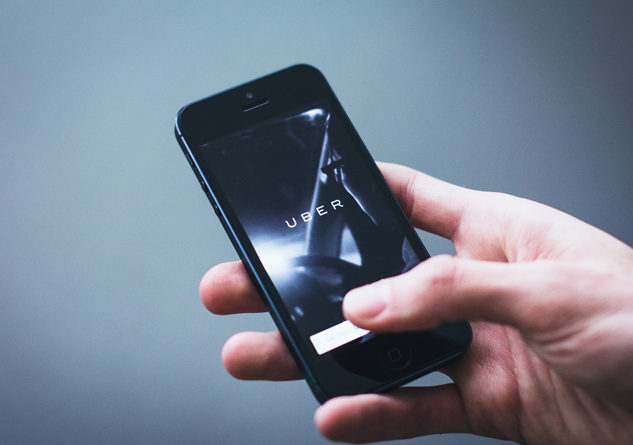Eric Galatas
Public News Service
DENVER – The nation is making progress toward full employment, according to recent data, but don’t rush to attribute that to the so-called gig economy.
A new report from the Economic Policy Institute shows the impact of tech companies such as Uber is overrated.
Lawrence Mishel, a distinguished fellow with the institute, says widely publicized hourly earnings for Uber drivers frequently leave out expenses the independent contractors have to cover, including more than 30 percent in fees the company takes off the top, health insurance premiums, and significant wear and tear on their vehicles.
“And they have to pay extra taxes for Social Security and Medicare that regular workers don’t,” Mishel points out. “And it turns out they get paid around $9.21 an hour. And that’s in spite of the fact that half the Uber drivers actually have a college degree.”
Uber drivers generate nearly $25 an hour in passenger fares, but Mishel says the company takes more than $8 of that upfront in fees.
The standard mileage expense for gas and maintenance dings drivers for another $5 an hour, and after taxes and a bare bones benefits package, drivers walk away with just over $9 an hour.
Mishel notes that’s significantly lower than the $32 an hour on average that private sector workers get, and it’s also well below the $15 an hour earned by service occupation workers.
An Uber representative says the report ignores the flexibility drivers say they value and cannot find in traditional jobs.
The report also suggests that the gig economy may not be the future of employment, a boast Mishel says platform-based companies frequently make.
He says Uber, with more than 800,000 drivers in a given year, accounts for as much as two-thirds of the total gig economy. But drivers only work three months out of the year and 17 hours per week, on average.
Mishel says for most drivers, it’s about earning supplementary income.
“So you can’t have a future of work of things that supplement your main job,” he states. “The future of work has to be people having their main jobs.”
Mishel acknowledges that Uber has had a big impact on the transportation sector, but he says it would be unwise to count on tech platforms to reverse the biggest challenges facing a majority of the nation’s workers: wage stagnation over 40 years, and pay disparities for women and people of color.






